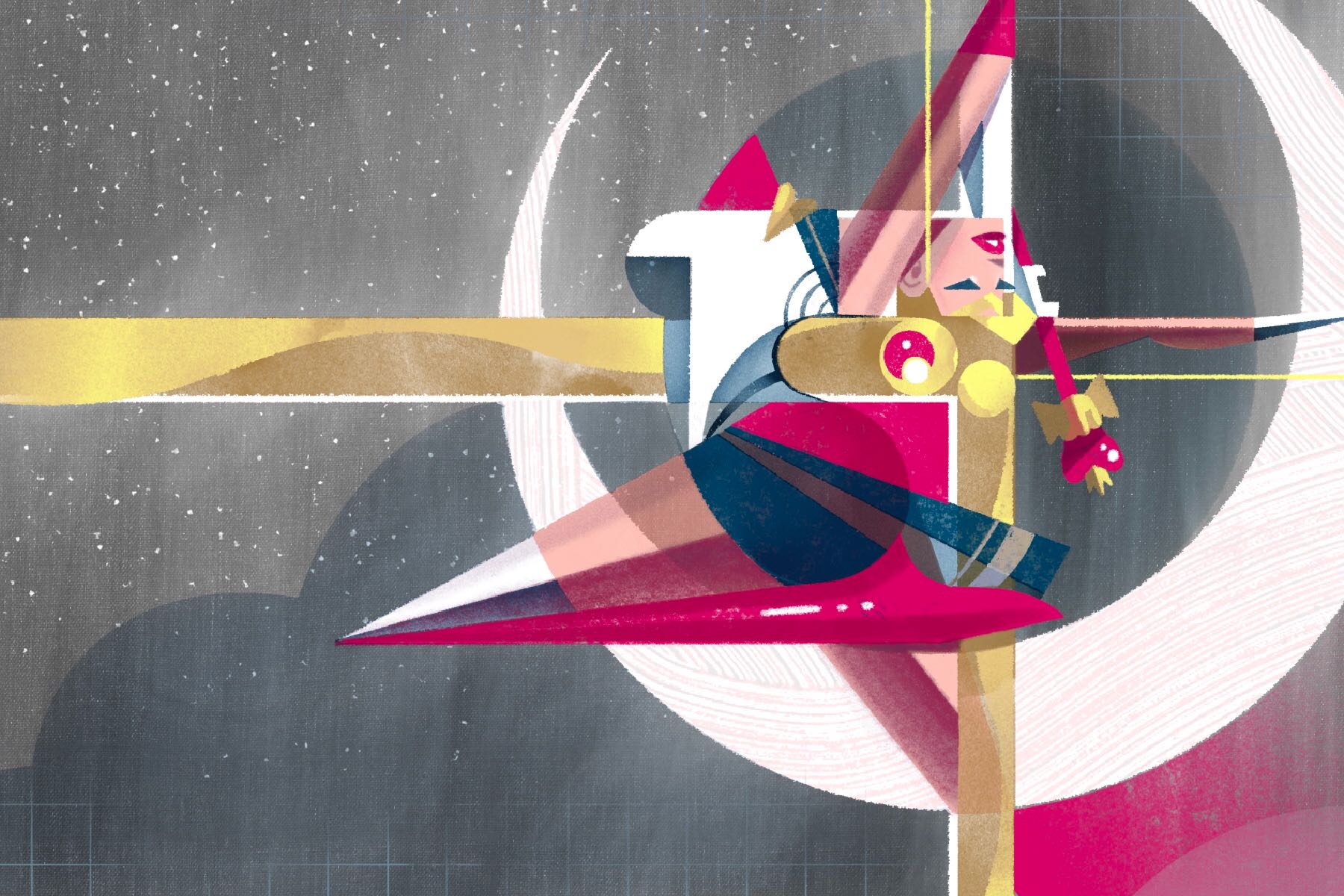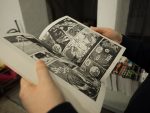“In the name of the moon, I’ll punish you!” — it’s an iconic catchphrase, inseparable from the image of a blond middle schooler and her friends clad in beautiful sailor fukus and matching tiaras. When you think of some of the most popular anime of all time, “Sailor Moon” is surely one of the first to pop into your mind. First airing in Japan in 1992, it was brought to the U.S. in 1995 and was one of the shows that helped introduce anime to America.
The series’ influence was, and still is, felt not only through Japan, but the entire world. “Sailor Moon” developed a cult following, spawned films, video games and musicals and had a hand in shaping many popular Western cartoons, such as “Totally Spies!” and “Winx Club.” So what exactly is it that makes these magical girls so magical?
The Anti-Disney Princesses
Disney princesses were all the rage in the ‘90s. Thanks to “The Little Mermaid” ushering in the Disney Renaissance in 1989, audiences were introduced to characters that would go down in history, such as Belle and Mulan.
Although these princesses were more strong-willed and determined than their older counterparts Aurora, Cinderella and Snow White, there was still something about them that was a little too perfect. These girls were flawless fighters from the beginning. They knew what they wanted and how to get it, and realistically, that’s not the case for most people.
The Sailor Scouts, more specifically Usagi, were a bit more relatable. Usagi didn’t really know what she wanted, and had trouble balancing her life. Becoming Sailor Moon was a scary experience for her. There were times where she was reluctant to thrust herself into the role of the hero because of how apparent the responsibility was, and she wasn’t always the best leader.
Not to mention that she had the added stress of boy troubles and terrible grades. What made her so appealing was that she was a crime fighter at night, but during the day, a student who would rather play video games than study. The everyday viewer could see themselves more in Usagi than the average Disney princess.
Revitalizing the Magical Girl Genre
Something striking about “Sailor Moon” was that it combined shounen and shoujo tropes, and therefore was able to appeal to a wider audience. It focused on romance and interpersonal relationships while also incorporating action and adventure. Naoko Takeuchi, the creator of the manga and anime, even admitted that she was inspired by Super Sentai shows.
“Sailor Moon” also changed up the way magical girls used their powers. It wasn’t uncommon for characters to just use their magical powers for fun, combating silly mishaps. The Sailor Scouts, however, fought for love and justice. They were on a mission to vanquish evil. They were not only magical girls, but magical warriors.
Themes
Female empowerment was a huge “Sailor Moon” theme, and the show came out at just the right time. The 1990s was the era of “girl power,” the beginning of third wave feminism. The Sailor Scouts were badass women who came together to fight evil all on their own, but they also retained key traits of youthful feminine beauty.
This is obvious in their transformation sequences. They became adorned with jewelry, makeup, gorgeous outfits, glittery nails. Their feminine charm and sexuality were exaggerated, spotlighted to show that you can be powerful and beautiful, that cuteness doesn’t equal fragility, that things that are typically associated with femininity aren’t weak.
https://www.youtube.com/watch?v=AK2tZOzODYU
The show also put a heavy emphasis on friendships. The stereotypical vision of female friendships is that they can’t actually be friends — they’re always gossiping behind each other’s backs, trying to tear each other down.
While the Sailor Scouts did get into disagreements, it wasn’t to show how awful and catty women can be to each other; it was to show that you can come across an obstacle with a friend, but still maintain a healthy relationship. At the end of the day, conflicts would always be resolved, and the girls would go right back to having a strong bond.
“Sailor Moon” had a “Sailor Says” psa at the end of episodes, which touched on some of the show’s other themes such as self-love, kindness and teamwork.
Art Style
It is undeniable that “Sailor Moon” is visually stunning. The series had soft and dreamy backgrounds, with shades of pink, blue, purple and yellow. The scenery captured the beauty of ‘90s Japan and was atmospheric enough to immerse you into the environment. It felt like you were in this pastel wonderland.
Even the interiors were fantastic, with Usagi’s bedroom being just as magical as her. The lines were clean, the colors vibrant. “Sailor Moon” episodes weren’t just something silly that could entertain you for half an hour; they were experiences that were just as magical as the characters.
Something famous that the show is known for is its transformation sequences, as briefly touched on before. They were a sight to behold. Besides the animation and colors, something else that sticks out to the viewer is the prop that is present.
Each Sailor Scout had her own stylish prop that helped her transform as well as fight. This helped popularize props in magical girl anime. Take a look at any modern magical girl anime, like “Madoka Magica,” and you’ll see that each character has some type of object that aids them.
Moon Prism Power Lives On
Although Sailor Moon and all her friends first made their way into the world over two decades ago, they still live on in the hearts of their viewers. Whether you were a ‘90s child who had the opportunity to watch it when it aired, someone who became a fan later on in life or someone who’s only seen a few episodes, you can’t deny its impact.
https://www.instagram.com/p/B9kEI85jT6t/?utm_source=ig_web_copy_link
The series taught its fans about confidence, friendship and love, and empowered its female fan base, showing them that they can be just as tough as the boys without losing their femininity. These magical warriors have become global icons, and will continue to influence the world of animation.
















